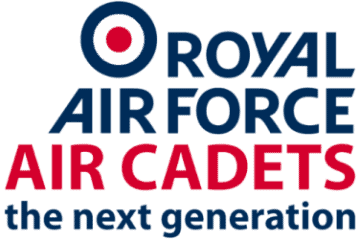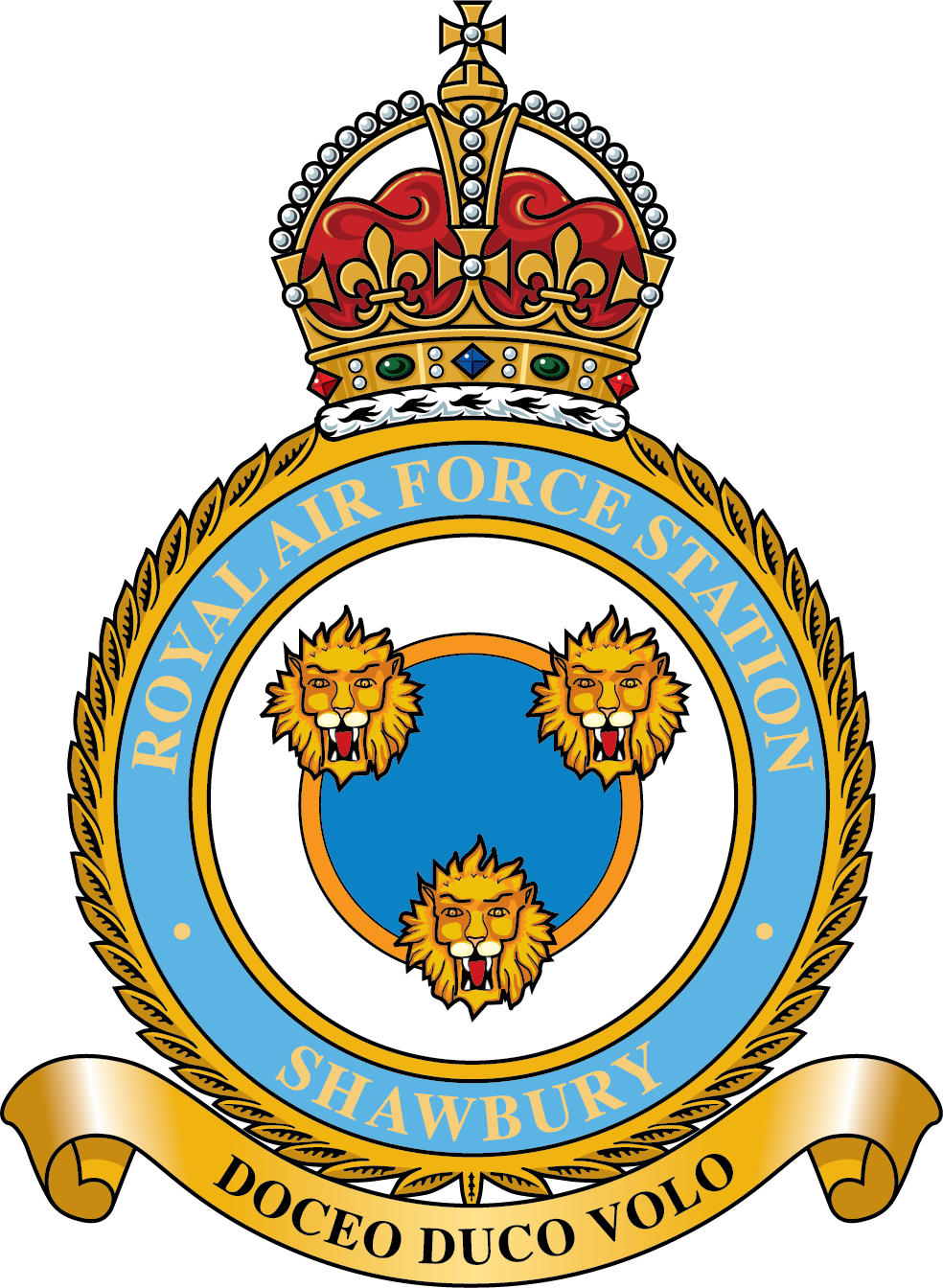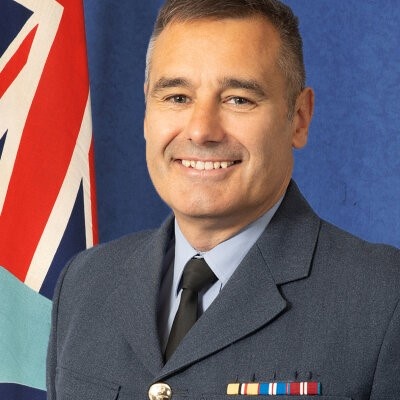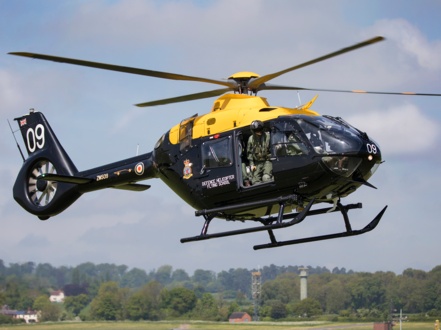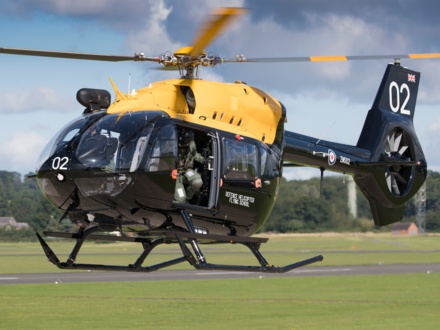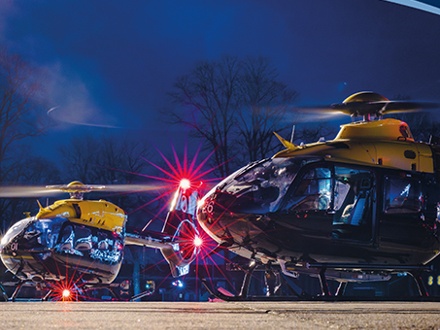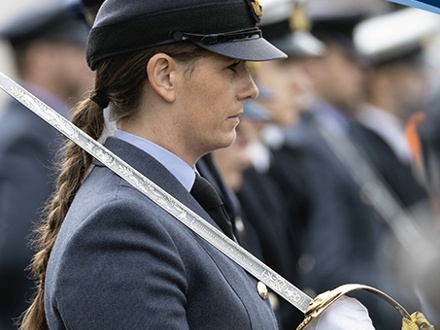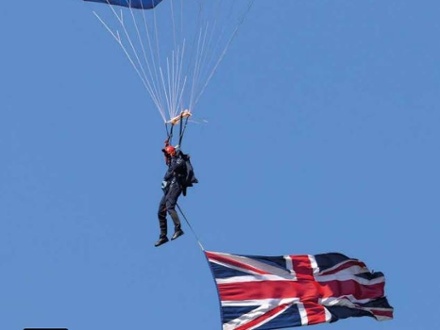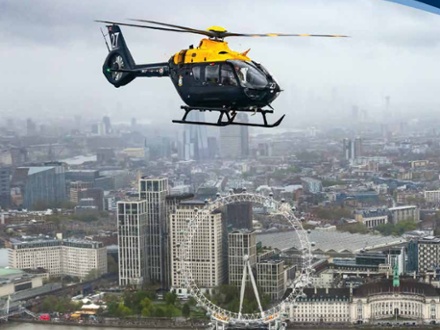The Station
RAF Shawbury provides world-class training to around 900 personnel a year, from the UK Armed Forces and international partners.
No.1 Flying Training School trains helicopter aircrew for the Armed Forces. The Central Flying School (Helicopter) delivers Qualified Helicopter Instructors.
The Defence College of Air and Space Operations trains Air Traffic Controllers, Weapons Controllers, Identification Officers and Flight Operations personnel.
